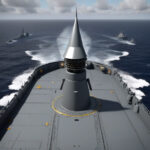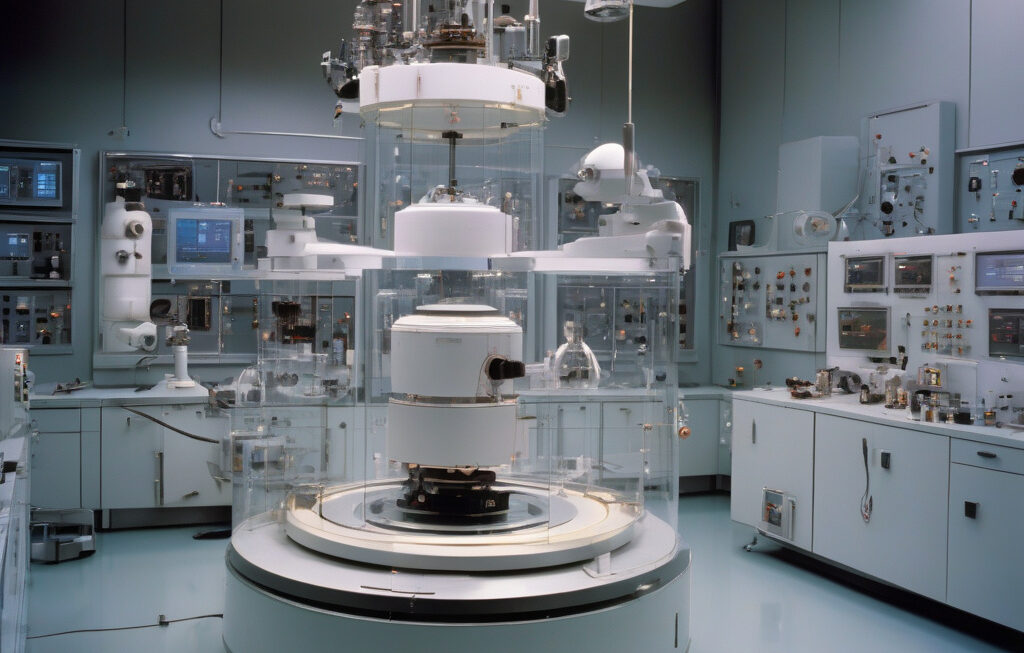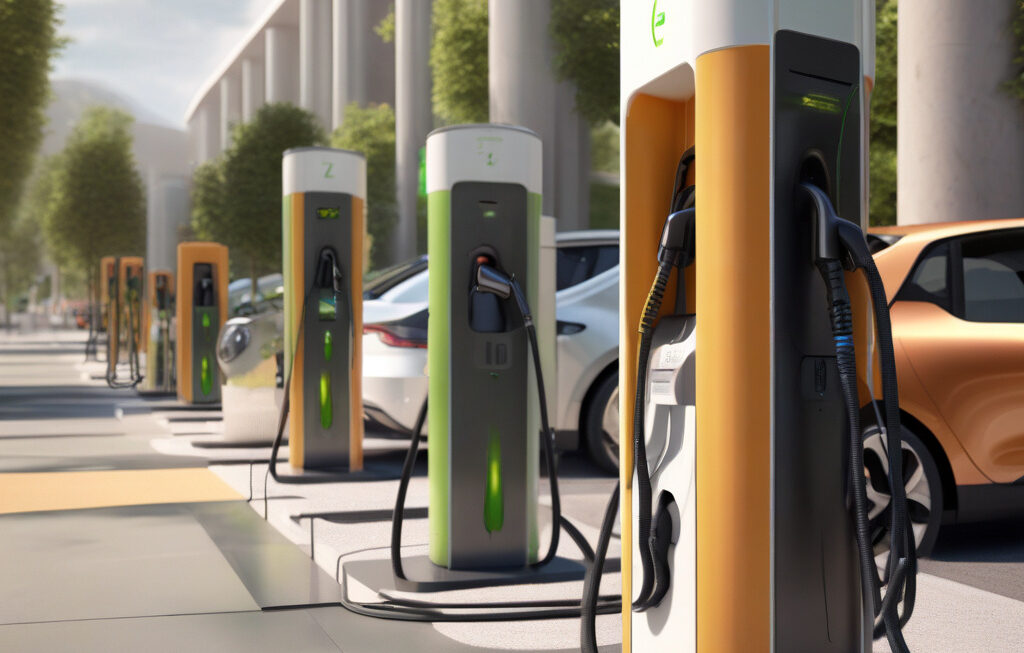Flying cars are here, but they’re still far from being part of everyday life. A recent incident at a Chinese air show highlighted the challenges and risks associated with these futuristic vehicles. Two flying cars collided mid-air, leading to a catastrophic crash that resulted in a massive fireball engulfing the vehicles as they plummeted to the ground. The incident shocked spectators and raised concerns about the safety and feasibility of flying cars in our skies.
The concept of flying cars has long captured the imagination of people around the world. From science fiction novels to futuristic movies, the idea of zooming through the sky in a sleek, futuristic vehicle has always been alluring. However, turning this vision into reality has proven to be a complex and daunting task. The recent crash at the Chinese air show serves as a stark reminder of the technical, regulatory, and safety challenges that must be overcome before flying cars can become a common sight in our cities.
One of the key issues facing flying cars is the lack of clear regulatory frameworks governing their operation. Unlike traditional aircraft, which operate in controlled airspace and follow strict aviation regulations, flying cars blur the line between driving and flying. This hybrid nature poses unique challenges for regulators, who must ensure that these vehicles can operate safely in a crowded and complex urban airspace. The collision at the Chinese air show underscores the importance of establishing clear rules and guidelines for the operation of flying cars to prevent future accidents.
In addition to regulatory hurdles, flying cars also face significant technical challenges that affect their safety and reliability. The complex engineering required to make a vehicle both road-worthy and airworthy presents a formidable obstacle for manufacturers. Issues such as propulsion systems, stability control, and crash avoidance technology must be carefully designed and tested to ensure the safety of passengers and bystanders. The collision at the Chinese air show raises questions about the robustness of current flying car designs and the need for further innovation to enhance their safety features.
Despite these challenges, the potential benefits of flying cars are undeniable. Imagine a world where traffic congestion is a thing of the past, and commuting long distances takes minutes rather than hours. Flying cars have the potential to revolutionize transportation and urban planning, offering a new way to navigate our increasingly crowded cities. However, realizing this vision requires a concerted effort from governments, manufacturers, and regulatory bodies to address the technical, regulatory, and safety challenges that stand in the way.
As the investigation into the mid-air collision at the Chinese air show unfolds, it is clear that the road to widespread adoption of flying cars will be a long and challenging one. Manufacturers must prioritize safety and reliability in their design and testing processes, while regulators must develop clear and comprehensive rules to govern the operation of these vehicles. Only through collaboration and innovation can we unlock the full potential of flying cars and pave the way for a future where the skies are as accessible as the roads.
In conclusion, the recent crash of two flying cars at a Chinese air show serves as a sobering reminder of the obstacles that must be overcome before flying cars can become a mainstream mode of transportation. While the road ahead is fraught with challenges, the promise of a future where we can soar above the traffic gives us a glimpse of the exciting possibilities that flying cars hold. By addressing the technical, regulatory, and safety concerns surrounding flying cars, we can work towards a future where the sky is no longer the limit.
flying cars, future of transportation, air show crash, regulatory challenges, urban airspace












